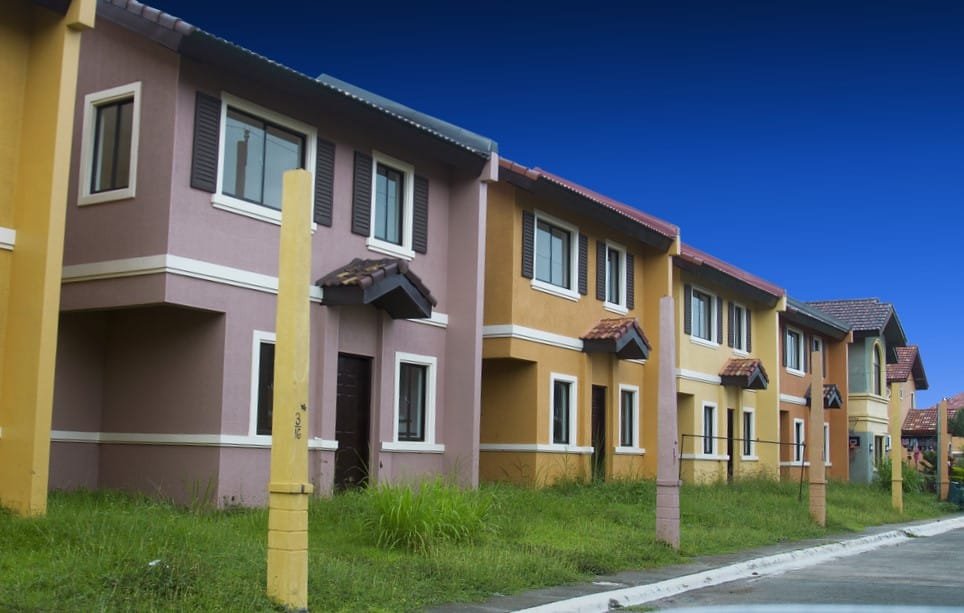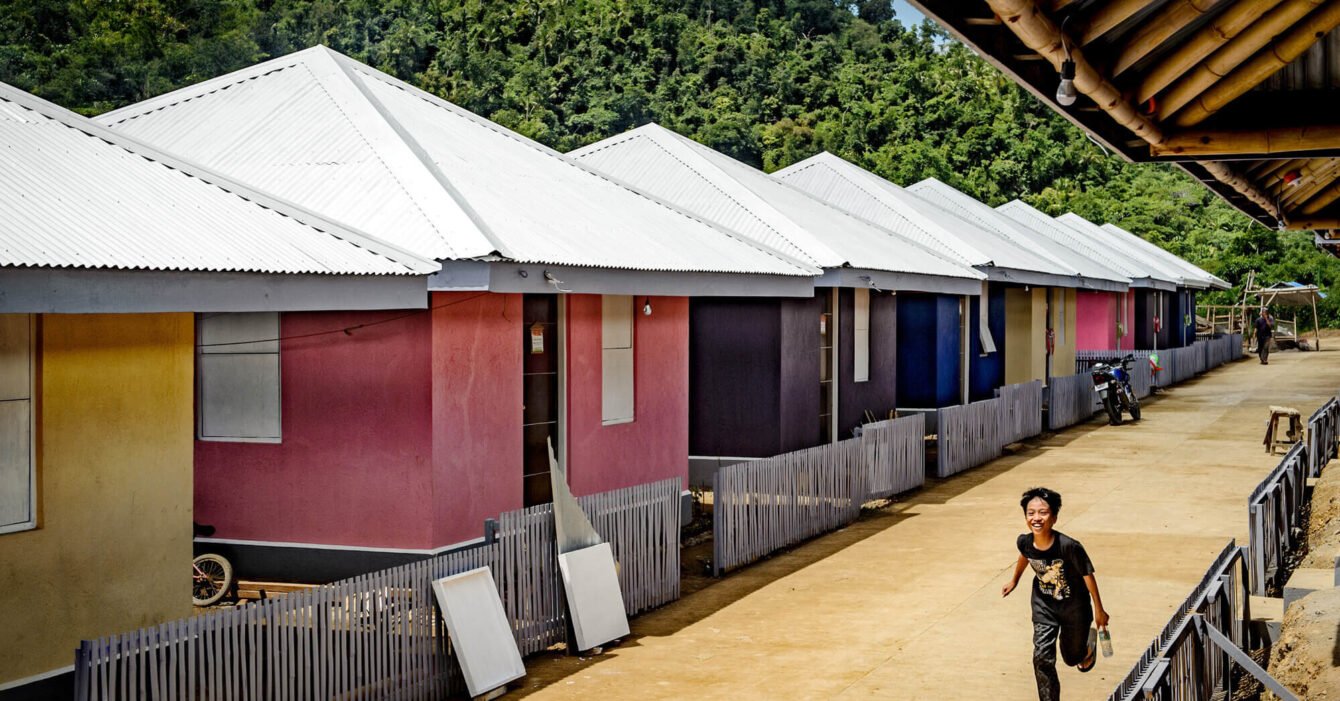The demand for Affordable Housing Philippines has been growing steadily in recent years. With a significant backlog of around 6.5 million housing units as of 2022, the country is facing a severe housing shortage. If this issue is not addressed, the backlog could skyrocket to 22 million units by 2040. This situation has created an urgent need to build affordable homes, particularly in both urban and rural areas, where low-income families are most affected.
Let’s find out more about this phenomenon!
The Demand for Affordable Housing Philippines
A large portion of the housing demand comes from the lower-income segment. According to a study by Colliers International, 80% of the total housing demand is concentrated in the affordable housing sector. These homes are priced below ₱3 million, making them accessible to low and middle-income families. The growing need for affordable housing has placed significant pressure on developers to build more homes within this price range.

One of the major factors driving this demand is the country’s rapid urbanization. About 47% of the Philippine population currently lives in urban areas, and this figure is expected to rise to 60% by 2030. Cities like Manila, Cebu, and Davao are already feeling the pressure from this population shift. More people moving into these cities means higher demand for affordable homes, further intensifying the housing crisis in the country.
Challenges Facing Developers
Despite the growing need for Affordable Housing Philippines, developers face several challenges that make it difficult to meet this demand. The high cost of land and construction is one of the biggest obstacles. Over the past five years, land and construction costs in the Philippines have increased by 30-40%, making it more expensive for developers to build homes. This increase in costs can lead to higher prices for buyers, limiting the availability of affordable homes.
Additionally, the lengthy process of obtaining regulatory approvals has also slowed down the development of affordable housing projects. According to the World Bank, it takes an average of 170 days to process construction permits in the Philippines. This delay discourages developers from taking on affordable housing projects, as they face long waiting times before they can begin construction.
Lack of Supports
Another issue is the limited government support for Affordable Housing Philippines. Currently, government subsidies cover only 5-10% of the housing demand, leaving a large gap in financing for developers. Without sufficient subsidies, developers struggle to fund affordable housing projects, which further delays the production of much-needed homes.
The housing crisis in the Philippines is a complex issue that requires immediate attention. With a 6.5 million housing backlog that could grow to 22 million by 2040, there is a pressing need to address the demand for affordable housing. Developers are facing multiple challenges, such as rising costs, lengthy approval processes, and limited government support, which hinder their ability to build homes for low-income families. As urbanization continues to increase, particularly in major cities, the demand for Affordable Housing Philippines will only grow.

